Insights
Cumberland Advisors Market Commentary offers insights and analysis on upcoming, important economic issues that potentially impact global financial markets. Our team shares their thinking on global economic developments, market news and other factors that often influence investment opportunities and strategies. Our readers appreciate its timeliness, depth of analysis, and quality of research.


Author(s): Robert Eisenbeis, Ph.D. | Sat May 18, 2019
Robert Brusca of FAO-Economics details some interesting information on US trade and the likely impacts that the current US-China trade war could have on prices.[1]
Author(s): Robert Brusca, Ph.D. | Wed May 15, 2019
My longtime friend and veteran international economist, Bob Brusca, has given us permission to publish his superb discussion of the trade war effects.
Author(s): Matthew McAleer | Tue May 14, 2019
This week's short video discusses current market conditions and how we are positioning portfolios. We didn't produce an update on Friday May 10th so we're including our thoughts on last week as well as today, Monday May 13, 2019.
Global trade dominated today’s headlines as the markets…
Author(s): David R. Kotok | Tue May 14, 2019
For a history of the Fed Board of Governors and its changes over the past century, see https://www.federalreserve.gov/aboutthefed/bios/board/boardmembership.htm .
Author(s): David R. Kotok | Thu May 9, 2019
Most Americans have never heard of the Stockholm International Peace Research Institute, www.sipri.org. A few minutes surfing their website might just inspire you to add it to your list of independent research sources.
Author(s): Robert Eisenbeis, Ph.D. | Wed May 8, 2019
On Wednesday, the FOMC left its policy stance unchanged. This decision was consistent with the message sent after the previous meeting and was not contradicted by speeches given by FOMC participants in the intermeeting period.
Author(s): William Witherell, Ph.D. | Tue May 7, 2019
Markets welcomed the European Union’s decision in April to push the Brexit deadline back to October 31 in order to provide the UK with more time to reach agreement on the terms of a withdrawal treaty.
Author(s): Cumberland Advisors | Sat May 4, 2019
The Cumberland Advisors Week in Review is a recap of news, commentary, and opinion from our team. These are not revised assessments, and circumstances may have changed in the market from the time of original publication. We also include older commentaries that our editors have determined may be…
Author(s): Patricia Healy, CFA | Sat May 4, 2019
A positive tone continues for the credit quality of municipal bonds, and municipal performance has been strong as a result of low supply, high demand, and lower rates. (See John Mousseau’s “http://www.cumber.com/1q2019-review-tax-free-municipal-bond-a-shining-first-quarter-for-munis/.”)
Author(s): David R. Kotok | Thu May 2, 2019
“If the Fed had done its job properly, which it has not, the Stock Market would have been up 5000 to 10,000 additional points, and GDP would have been well over 4% instead of 3%...with almost no inflation. Quantitative tightening was a killer, should have done the exact opposite!” – President…